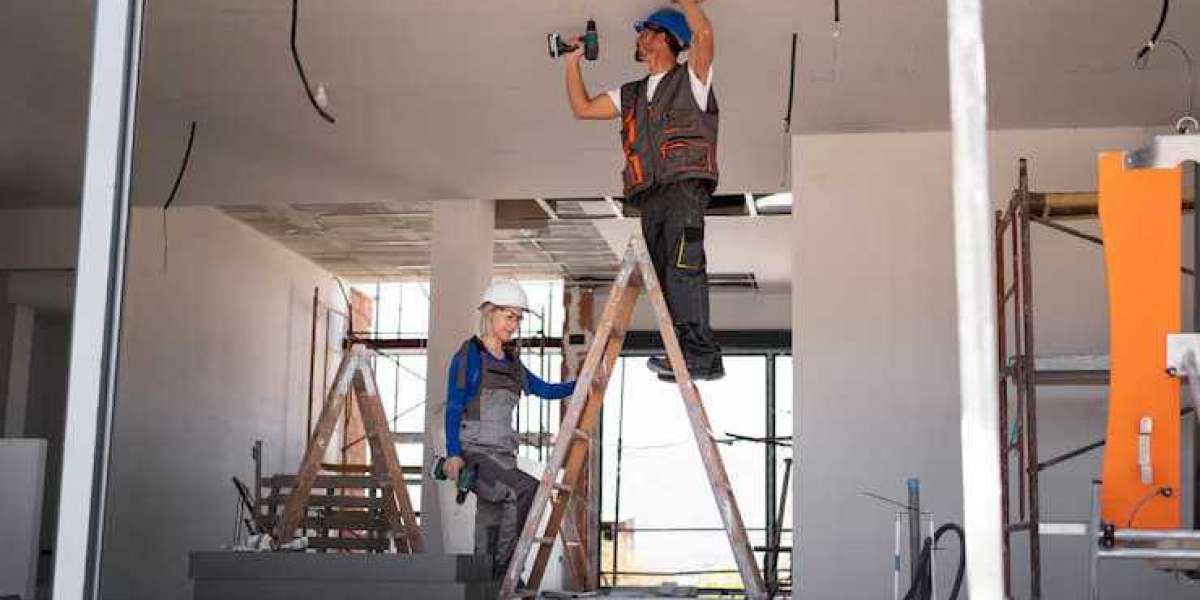Embarking on a home renovation journey can be both exciting and daunting. As homeowners envision their dream spaces, one of the most critical components of this process is budgeting effectively for a home renovation service. A well-planned budget not only ensures that the project remains financially feasible but also mitigates the risk of unforeseen expenses that can derail the entire renovation experience. In this guide, we will explore the essential steps and considerations for budgeting a home renovation service, helping homeowners navigate the complexities of this transformative endeavor.
Understanding the Scope of Your Renovation
Before delving into the numbers, it is vital to grasp the full scope of the renovation project. Different renovations carry different costs; thus, understanding what needs to be done is the cornerstone of effective budgeting. Homeowners should start by outlining their renovation goals. Are they looking to update a kitchen, add an extra bathroom, or perhaps renovate an outdoor space? Each of these projects comes with its unique set of requirements and expenses.
To create a comprehensive scope, homeowners should conduct thorough research. Gathering inspiration from home improvement magazines, online platforms, and social media can help clarify one’s vision. Once the ideas are flowing, it’s essential to prioritize these renovations based on necessity versus desire. While a luxurious spa bathroom might be a dream, ensuring the kitchen is functional and up to date may take precedence. This prioritization can significantly influence the budget, ensuring funds are directed where they are most needed.
Additionally, consulting with professionals in the field can provide insights into what is realistically achievable within the desired budget. A home renovation service provider can offer valuable advice and realistic expectations about costs associated with materials, labor, and timelines. This professional input can help homeowners adjust their visions to align with their budget constraints while still achieving satisfactory results.
Estimating Costs Accurately
Once the scope of the renovation is defined, the next step is estimating costs. This process involves breaking down the project into various categories, including materials, labor, permits, and unexpected expenses. Each category will play a crucial role in shaping the overall budget.
Materials
The cost of materials can vary widely based on quality, brand, and availability. For instance, opting for high-end countertops or custom cabinetry can drastically increase expenses. Homeowners should research different materials and their costs, seeking out a balance between quality and affordability. Visiting local suppliers or home improvement stores can also provide a clearer picture of material costs and potential alternatives.
Labor
Labor costs can be one of the most significant portions of a renovation budget. When hiring a home renovation service, it is essential to obtain multiple quotes from different contractors. While it might be tempting to choose the lowest bidder, evaluating the contractor’s experience, reputation, and previous work is crucial. A reputable contractor may charge more upfront but can save money in the long run by providing quality work and minimizing the risk of costly mistakes.
Permits
Many renovation projects require permits, which can add to the overall cost. Homeowners should familiarize themselves with local regulations and ensure they allocate funds for any necessary permits. Failing to secure these permits can lead to fines or the need for costly alterations later in the project.
Unexpected Expenses
Every renovation project can encounter unexpected expenses. This is where creating a contingency fund becomes essential. Homeowners should set aside an additional 10% to 20% of their total budget to account for any surprises along the way. This buffer can help alleviate stress and keep the project on track without compromising quality.
Creating a Realistic Budget
With the estimated costs in hand, homeowners can begin crafting a realistic budget. This budget should not only reflect the estimated costs but also consider the homeowner’s financial situation and capabilities. It is essential to strike a balance between achieving desired renovations and staying within financial limits.
Homeowners should begin by listing all estimated costs derived from the previous sections. Afterward, it is beneficial to categorize these costs by priority, separating must-haves from nice-to-haves. This categorization can help homeowners make informed decisions about where to allocate funds during the renovation process.
For instance, if the total estimated cost exceeds the budget, homeowners may need to reassess their priorities. Perhaps they can choose a more economical option for materials or defer certain aspects of the renovation to a future date. Flexibility and adaptability are key in this phase.
Furthermore, utilizing budgeting tools or apps can aid in tracking expenses throughout the renovation. By monitoring spending closely, homeowners can ensure they remain within their budget and make necessary adjustments when required.
Financing Your Renovation
In some cases, homeowners may find that their savings alone are insufficient to cover renovation costs. This is where exploring financing options becomes critical. Home renovation loans, home equity lines of credit, and personal loans are some of the available avenues. Each option comes with its terms, interest rates, and implications, so it is crucial to thoroughly research and understand the implications of each before making a decision.
Homeowners should consider consulting with a financial advisor to determine the best financing option tailored to their financial situation and renovation goals. Understanding the long-term financial impact of taking on debt is essential to ensure that the renovation does not lead to undue financial strain.
Finalizing Your Budget and Moving Forward
After careful planning, estimating, and financing, it is time to finalize the renovation budget. This budget should be a living document that can adapt as the project progresses. Keeping an open line of communication with the chosen home renovation service is vital, as they can provide updates on expenses and help keep the project within financial bounds.
As the renovation moves forward, it is essential to remain engaged in the process. Regularly reviewing the budget, tracking expenses, and maintaining communication with contractors can help ensure that the project stays on course. Homeowners should also be prepared for the emotional rollercoaster that comes with renovations, as unexpected challenges may arise.
Conclusion
Budgeting for a home renovation service is a multifaceted endeavor that requires careful planning and consideration. By understanding the scope of the project, estimating costs accurately, creating a realistic budget, and exploring financing options, homeowners can navigate the renovation process with confidence.
As you embark on this journey, remember that a well-prepared budget is the foundation of a successful renovation. With the right approach and the help of a professional team, your vision can become a reality without breaking the bank. For those looking to transform their spaces, consider reaching out to DG Construction. Their expertise in home renovation services can guide you through the process, ensuring that your dream home becomes a reality. Take the first step towards your renovation today!







